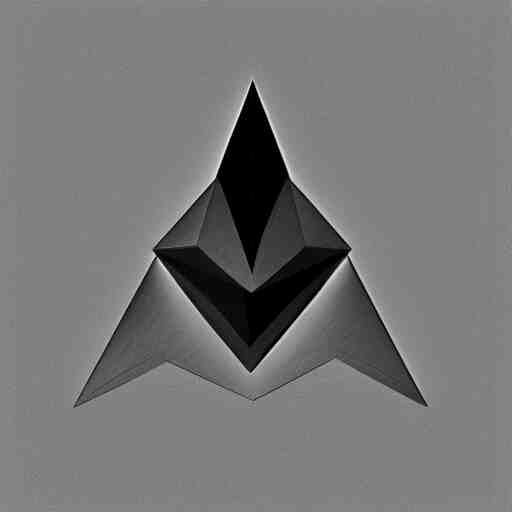So, let see the steps you need to follow to add commodities to your portfolio.
What are commodities?
Commodities have a market price that is determined by supply and demand. The physical commodity has a “spot price” that refers to the price at which it may be bought or sold for immediate delivery. Futures contracts and other forms of commodity derivative are used to manage commodity price risk. Finally, the forward price is the price at which the commodity is agreed to be delivered at a later date.
In this sense, the stock market is different from the futures market because it only has one price per share at any given time while the futures market has two prices: The spot price and the futures price.
Commodities are raw materials or food that you can consume or use in your everyday life like gold, silver, sugar, corn, oats, coffee, soybeans, sugar, wheat, oil, etc. They are usually classified according to their application. Energy commodities include oil, natural gas, and coal. Materials include iron ore and diamonds. Agriculture includes coffee and wheat. Precious metals include gold, silver, and platinum.
And it is also possible to classify them according to their production process: Manufactured goods (goods produced by a manufacturing process) and non-manufactured goods (goods that cannot be produced by a manufacturing process).
Commodity prices are highly volatile because they are influenced by many factors such as weather conditions or international political events. For example, an increase in the global temperature has made wheat production more difficult so its price has increased tremendously in recent years.
Commodities can provide great diversification possibilities in portfolios because of their low correlation with traditional asset classes such as equities or bonds so they can be a good alternative for those wanting to diversify without increasing risk in your investment portfolio.
Benefits of Commodities Trading
There are many benefits when trading commodities such as:
You can trade them on margin (buy shares with part of their value). The position is closed when they reach the margin level or expire (end of contract period). They are physical goods so they can be easily stored and there is no counterparty risk (when one party does not fulfill its obligation). They can be traded at any time during their contract period. The margin level is set by the exchange so you don’t have to manage it yourself -you only
Check different Commodity rates with this API. Get the latest price, prices per date, open, close, and much more.
To make use of it, you must first:
1- Go to Commodities API and simply click on the button “Subscribe for free” to start using the API.
2- After signing up in Zyla API Hub, you’ll be given your personal API key. Using this one-of-a-kind combination of numbers and letters, you’ll be able to use, connect, and manage APIs!
3- Employ the different API endpoints depending on what you are looking for.
4- Once you meet your needed endpoint, make the API call by pressing the button “run” and see the results on your screen.



